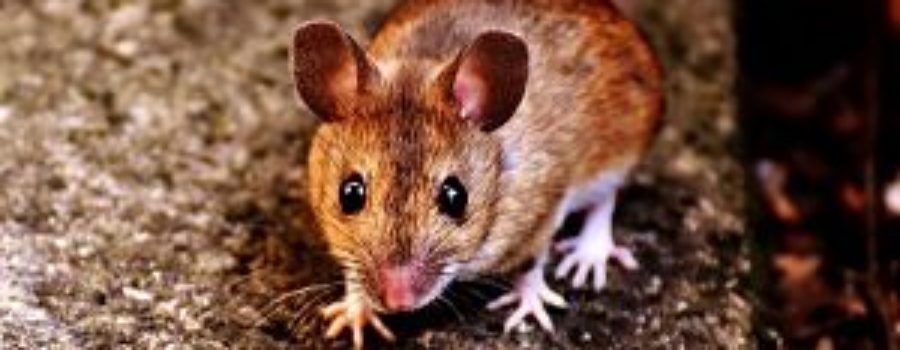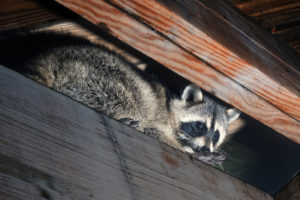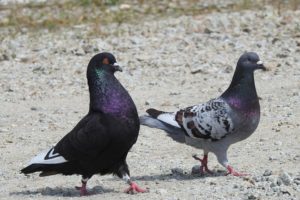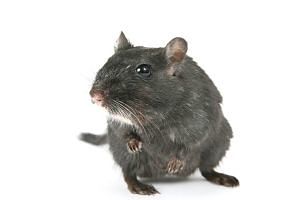Mice and rat infestations can be more than an annoyance, they can contaminate food, spread disease (such as Hantavirus and Salmonella), and bring in other pests such as fleas, mites, ticks, and lice. In addition, mice can cause structural damage. They have been known to bite through walls, wood, and wires. Biting through wires in the walls can cause house fires.
According to the National Pest Management Association (NPMA), 24% of homeowners report mice infestations specifically in the winter.
To keep these unwanted, disease causing, destructive rodents out of your home, it is important to seal up holes and gaps both inside and outside of your home.
Mice can get through a hole the size of a nickel, and rats can make it through a hole the size of a half dollar.
Look for holes or gaps inside your home – in and around everywhere:
-
-
- kitchen cabinets
- stoves and refrigerators
- closets and doors
- all pipes going to sinks, washing machines, water heaters, and furnaces
- floor vents and dryer vents
- attics, basements, and crawl spaces
- floor drains
- between the floor and wall juncture
-
Look for holes or gaps outside your home – in and around everywhere:
-
-
- the roof, rafters, gables, and eaves
- windows and doors
- foundation, attic vents, and crawl space vents
- holes for electrical, plumbing, cable, and gas lines
-
You can fill small holes with steel wool and then put caulk around the steel wool to keep it in place. For larger holes, you can use lath screen or lath metal, cement, hardware cloth, or metal sheeting. You can find these materials at your local hardware store.
In addition to sealing up holes and gaps it is very important to eliminate rodent food sources.
-
-
- keep food in containers with tight lids
- keep food cleaned up
- dispose of garbage on a regular basis
- eliminate clutter
- make sure outside grills and cooking areas clean
- keep bird feeders away from house
- keep lids tight on garbage cans
- make sure compost bins as far away from the house as possible
- keep livestock and animal feed in heavy duty containers with tight lids
-
If you already have mice or rats in and around your home, snap traps come in very handy.
A small amount of peanut butter (the size of a pea) on the bait pan of the snap trap works great! Position the bait end of the trap next to the wall so it forms a “T” with the wall. Mice and rats prefer to run next to walls for safety. They don’t like being out in the open. In attics, basements, and crawlspaces, set traps in any area where there is evidence of mice or rats. Generally mice will be trapped more quickly than rats. Rats are a bit more cautious than mice. Keep traps out for about a week after the last rodent is captured to make sure no more are hiding.
It is important to clean up mice or rat feces and urine safely! Their feces and urine carry many diseases.
Before starting clean up of the space, ventilate the space by opening the doors and windows for at least 30 minutes to allow fresh air to enter the area. Use cross-ventilation and leave the area during the airing-out period.
To clean up urine, feces, dead rodents, and nests:
-
-
- wear gloves (rubber, latex, or vinyl)
- spray urine, feces, dead rodent, and/or nests with disinfectant or a mixture of bleach and water, let soak 5 minutes – the recommended concentration of bleach solution is 1 part bleach to 10 parts water
- use paper towels to pick up waste and dispose in garbage
- put nest or rodent in plastic bag and seal tightly, place full bag in a second bag and seal, throw the bag in a covered trash can
- after rodent waste, rodents, and nests are removed, disinfect items that may have also been contaminated
- mop floors and countertops with disinfectant or bleach solution
- steam clean carpets
- wash bedding and clothing with laundry detergent and hot water
- after taking off gloves, thoroughly wash hands with soap and water
-
When cleaning up attics, basements, crawlspaces, and other storage areas use the same method as above.
If insulation or cardboard boxes have been contaminated they should be disinfected, bagged, and thrown away. If you want to save potentially contaminated materials from storage containers first move the containers outside and place in a well-ventilated area exposed to direct sunlight. Disinfect the outside of the storage container. Remove the contaminated materials while remaining upwind. Decontaminate materials that can be saved. Stuffed animals and clothing can be washed in detergent and hot water. Books, paper, and other non washable items can be left in a rodent free area exposed to outdoor sunlight for several hours, or indoors for 1 week before cleanup. After that time, the virus should no longer be infectious. Wear rubber, latex, vinyl, or nitrile gloves and wipe down items with a cloth moistened with disinfectant.





Leave a Reply
Your email is safe with us.